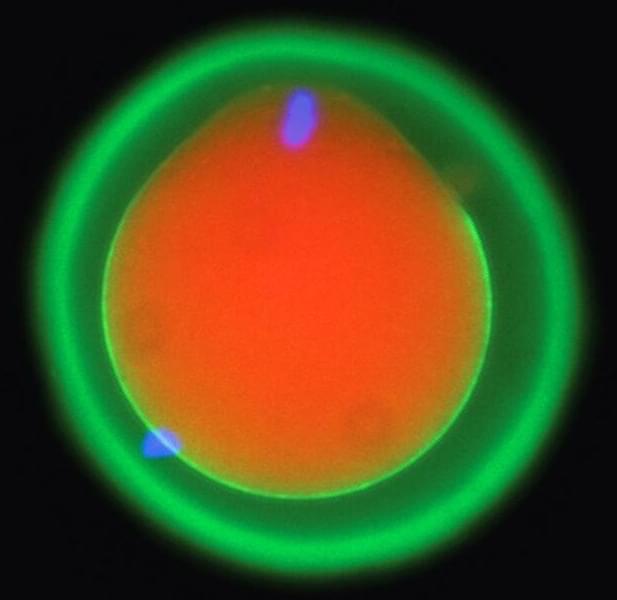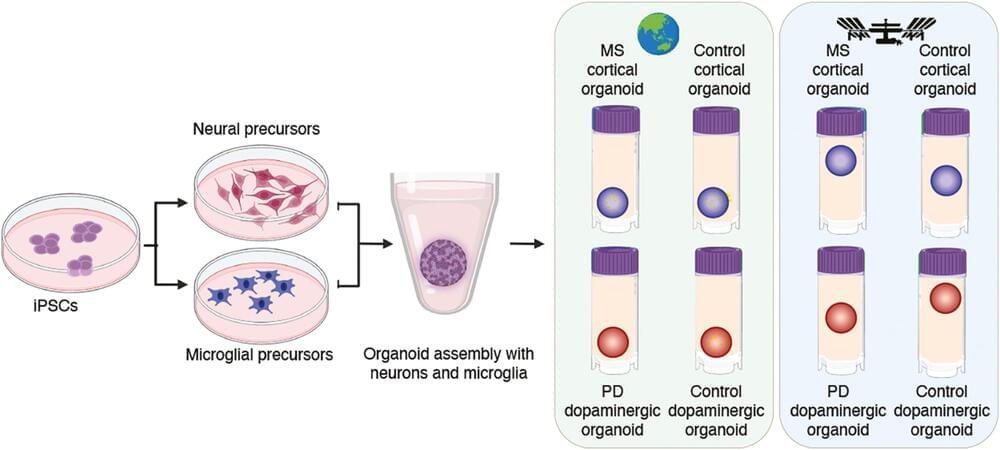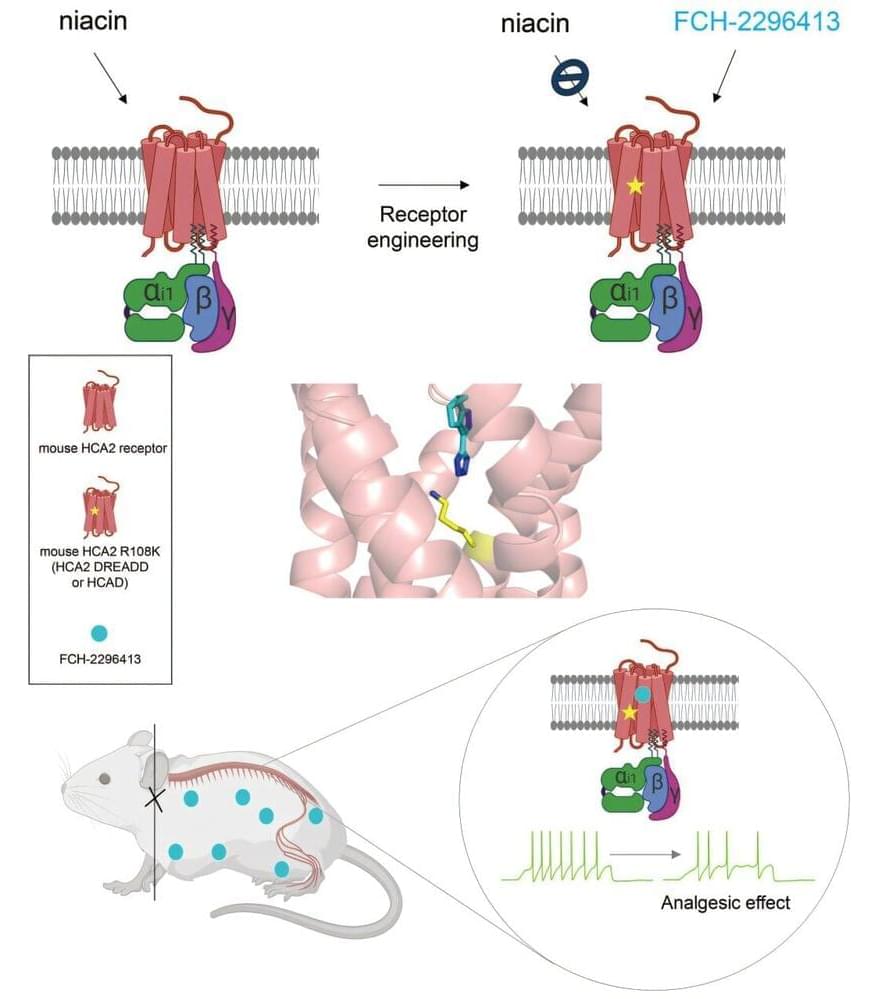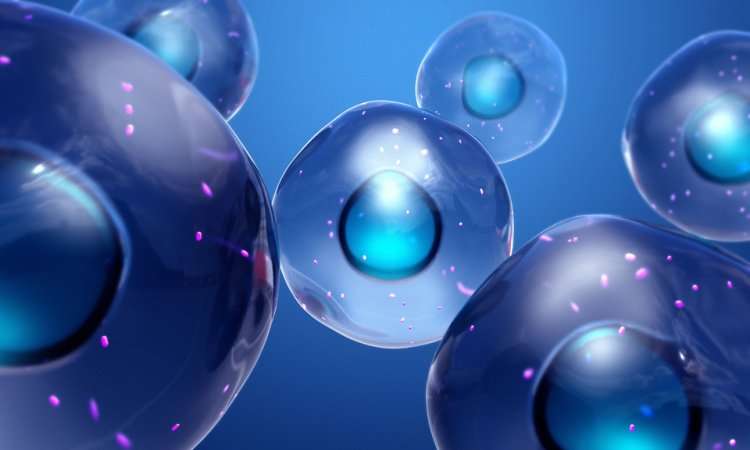Dec 18, 2024
Physicists measure quantum geometry for first time
Posted by Cecile G. Tamura in categories: biotech/medical, mapping, mathematics, quantum physics, robotics/AI
Mapping the geometry of quantum worlds: measuring the quantum geometric tensor in solids.
Quantum states are like complex shapes in a hidden world, and understanding their geometry is key to unlocking the mysteries of modern physics. One of the most important tools for studying this geometry is the quantum geometric tensor (QGT). This mathematical object reveals how quantum states “curve” and interact, shaping phenomena ranging from exotic materials to groundbreaking technologies.
The QGT has two parts, each with distinct significance:
Continue reading “Physicists measure quantum geometry for first time” »

















